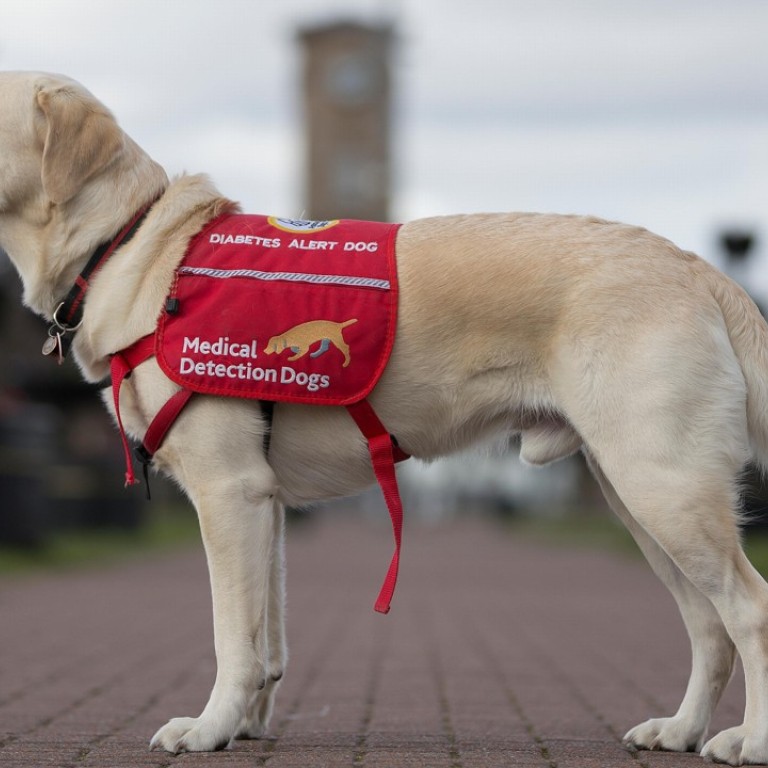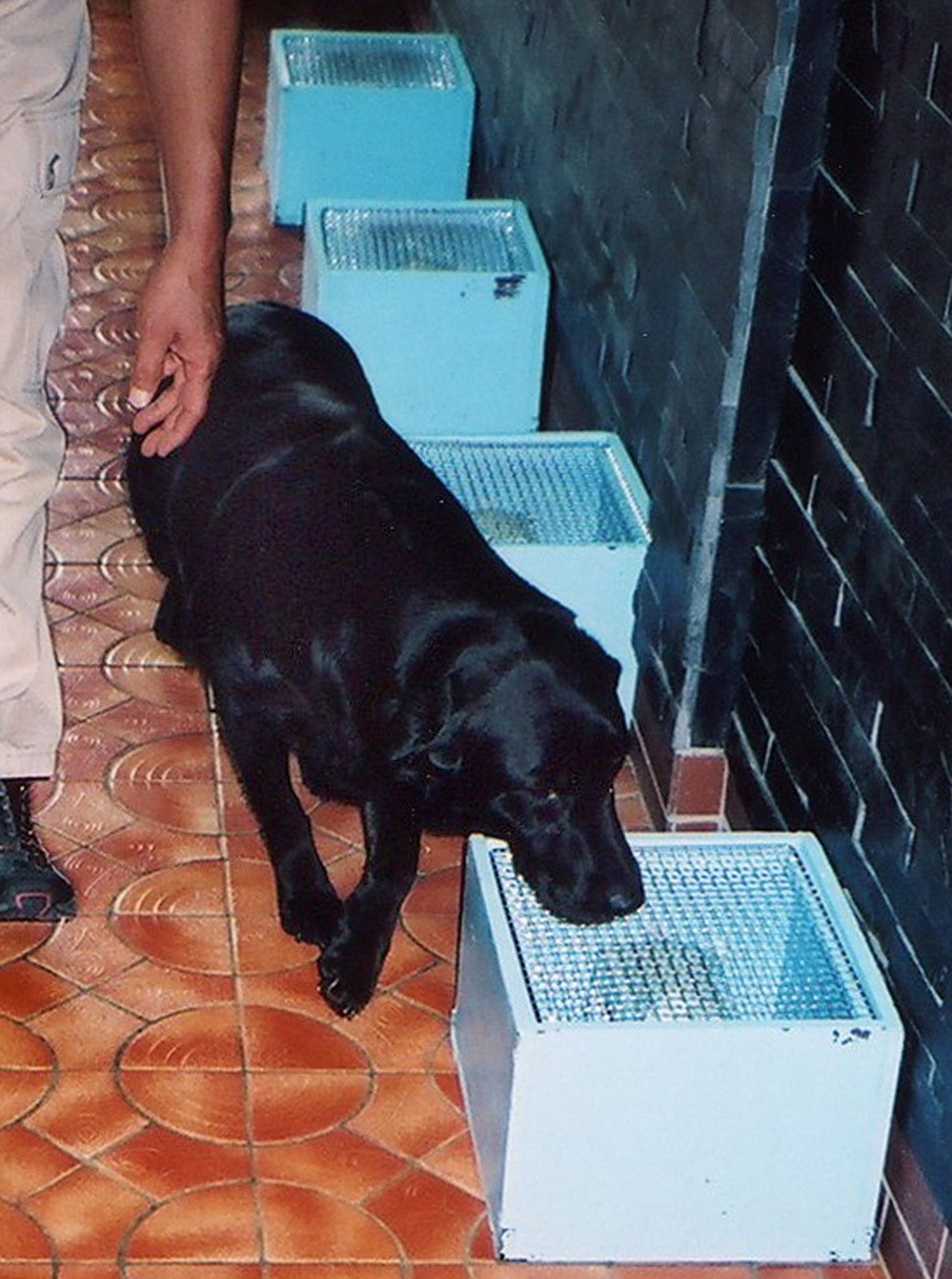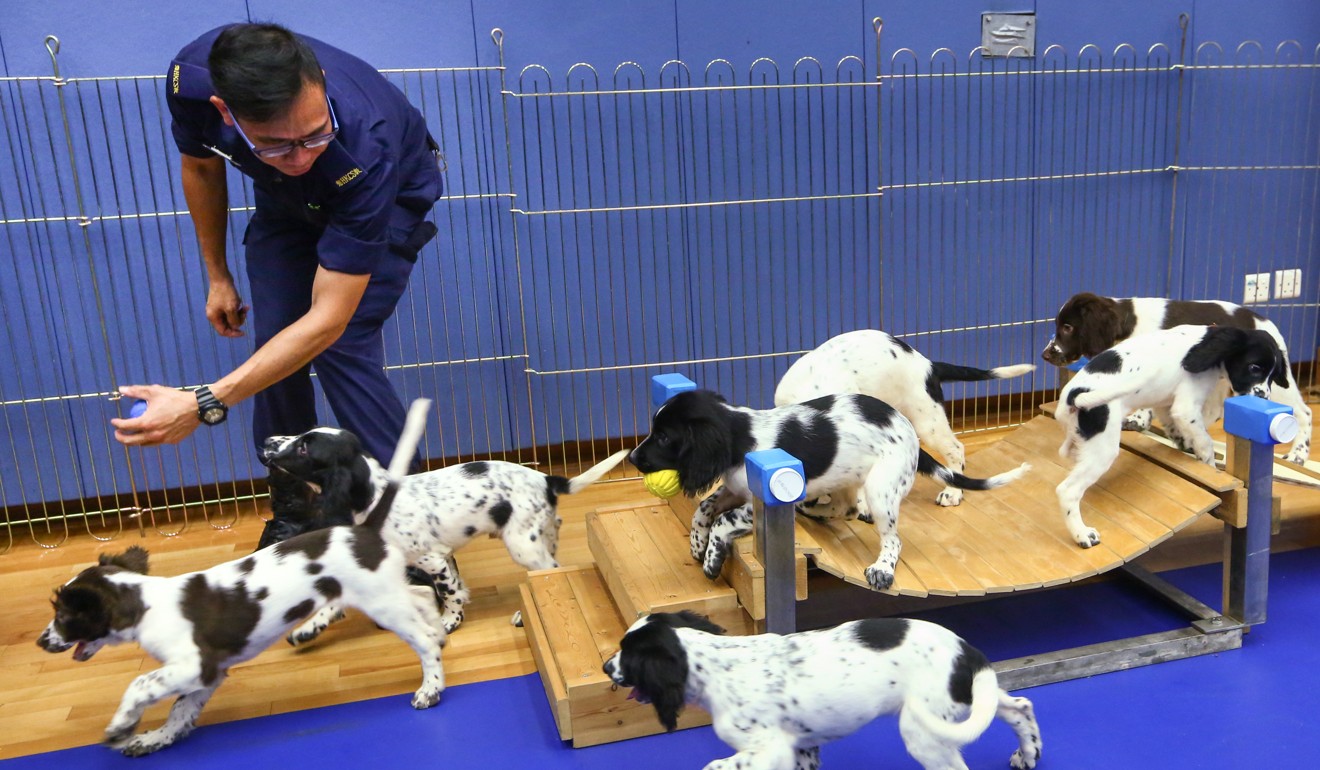
Cancer screening trial using sniffer dogs needs more funds, trainers … and dogs
Japanese trials are underway to train more medical sniffer dogs capable of sniffing out cancer in urine, which reduces the need for invasive tests while saving more lives because of the early detection
With trial cancer screenings using sniffer dogs being carried out in a Japanese town, researchers are hoping to make the non-invasive health checks widely available across Japan.
But experts say securing experienced handlers and attracting financial resources will be crucial to boosting the number of trained sniffer dogs available to make the programme more practical to implement in future.
In Japan, there are only five cancer sniffer dogs. All of them were trained by Yuji Sato, 70, who heads a dog training centre, St. Sugar Japan, based in Tateyama, Chiba prefecture, near Tokyo.
The Labrador retrievers are busy analysing urine samples from residents of Kaneyama, in northeast Japan’s Yamagata prefecture, where locals have signed up for cancer screening trials that started in May.
Each dog reacts differently, but one of the dogs consistently stops in front of a box where it detects some sign of cancer in a urine sample. Since the cancer-indicating odour is much less pronounced than that of drugs or footprints normally sniffed out by police dogs, training requires significant effort and technique, Sato says.
“They can only demonstrate cancer sniffing ability through the repetition of daily training. A handler has to carefully look at their character, condition, temperature and hormone balance change as these factors affect their performance,” he says.
It costs about 5 million yen (US$43,850) to train a dog over three years. To boost effectiveness, two years or more of additional training may be needed, Sato says.
Although he is willing to train more dogs or teach handlers, he cannot afford to take on more than five dogs on his own.
Japanese town drafts in sniffer dogs to improve cancer detection rates
The screening work, undertaken in a small room, requires intense concentration; each dog works for about 15 minutes every morning and gets a stress release by playing outside in the afternoon.
Not all five dogs are in the mood to work every day, so Sato limits the maximum number of urine samples to be sniffed to about 20 per day to ensure the screenings’ accuracy.

So far, the three-year programme with a budget of 11 million yen for the initial year, has seen more than 280 people get results. Several tested positive and were referred to doctors.
Residents are satisfied with the ease of the process which requires them to submit urine samples rather than undergo invasive procedures such as gastroscopies to detect even early-stage cancers, town officials say.
Sniffed out in five seconds: Hong Kong’s detector dogs on the scent of ivory smugglers
“Although it is too early to evaluate, I think there is a need to increase the number of cancer sniffer dogs if we want to boost efficiency and expand the programme,” says Akiei Shibata, a regional medical promotion officer at Kaneyama clinic who is in charge of the project.
Researchers and doctors say that more funds are needed to train more handlers, and more dogs. Such investments are worthwhile, they say, because detecting cancer early can significantly reduce medical costs – and save lives.

Scientists are trying to understand how the dogs so successfully identify signs of cancer to be able to develop a device to do the dogs’ job, he says.
Book review: it’s a dog’s life, by a nose
No one knows how many years or even decades it will take to see such a breakthrough. So, for now, Miyashita thinks expanding the number of cancer sniffer dogs would be more practical, and they are exploring ways to set up more training centres for them.
Securing the right dogs and preserving unique training methods will be key, Sato says, noting that cancer sniffer dogs must naturally have a keen sense of smell.
All five cancer sniffer dogs in Japan are blood-related to Marine, a beach-rescue dog that Sato trained. Because of her sharp sense of smell, Marine was cloned to produce dogs to sniff out cancer in South Korea.
At first, Sato’s project was rejected and ridiculed but understanding is growing in Japan and other countries, he says.
He hopes that his efforts will eventually help boost people’s health and longevity: “Through odour, I want to make a difference in the field of medicine.”

